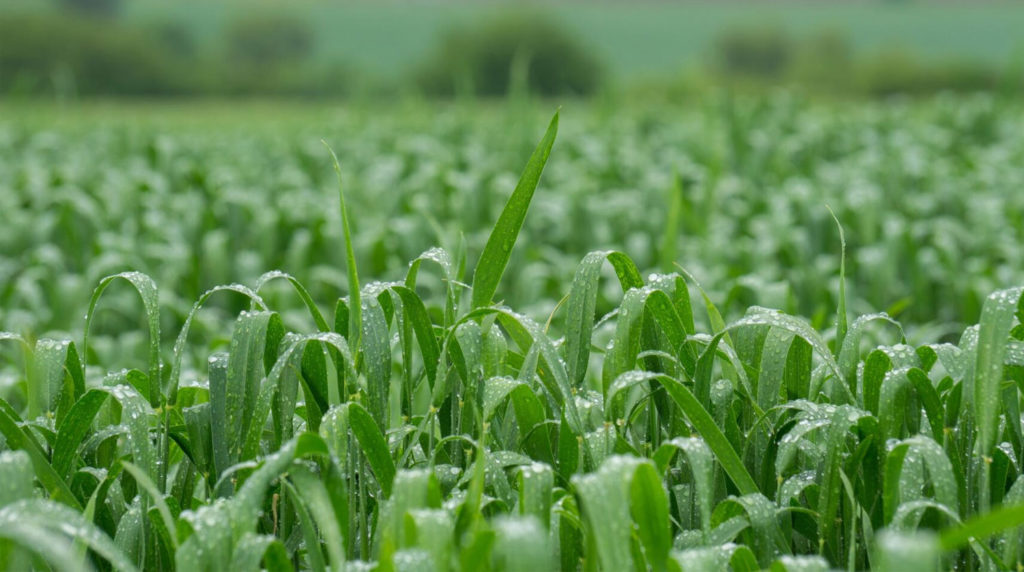Even though the water volumes received this winter and early spring have mostly replenished groundwater reserves, the risk of drought cannot be ruled out for crops already in place or those to be planted in the coming weeks.
The excess winter rainfall is not without consequences
Winter weather has resulted in delayed planting in most areas. This has inevitably led to less root development in plants, making them more susceptible to potential deficiencies and end-of-cycle water shortages. For plants that can be sown on time, another problem arises. Sown in waterlogged soil, they too could experience reduced root development. Satisfied with the amount of water available in the soil at time T, they then limit their root growth, a phenomenon known as “lazy roots.”
Differentiating RAW and survival reserve
The plant’s ability to draw water from the soil reserves depends not only on the species and the development of its root system but also on the soil structure. To understand the water dynamics of soils, two concepts are essential: the Readily Available Water (RAW) and the Survival Reserve. Combined, these two reserves form the Available Water (AW).
The RAW corresponds to the portion of the available water that a species can extract without reducing its transpiration, experiencing drought stress, or limiting its growth. It generally accounts for between 40 and 80% of the available water in a soil, depending on its depth and the cultivated species. In winter, rainfall primarily replenishes groundwater. Beyond the month of April, it is upon this reserve that plants must rely to ensure their growth.





